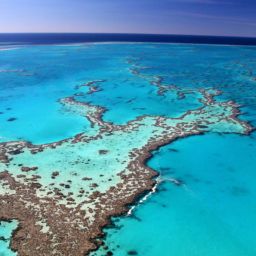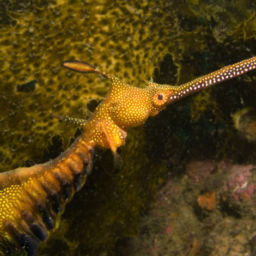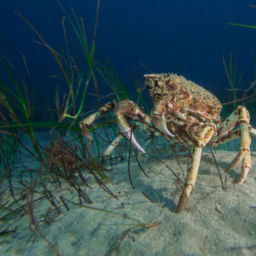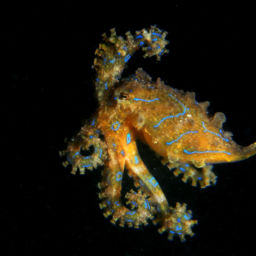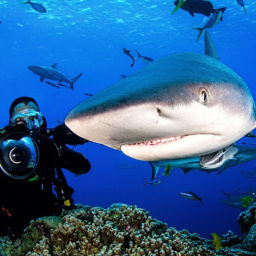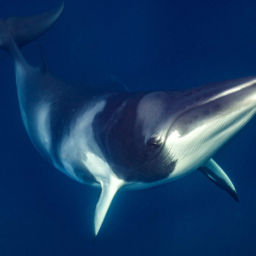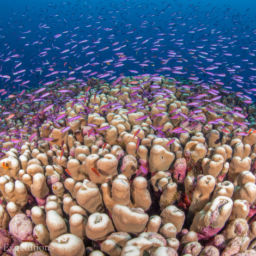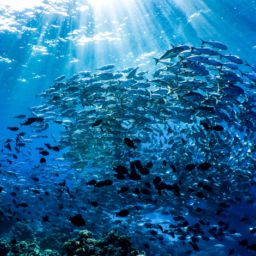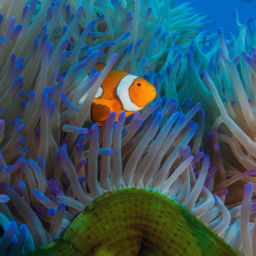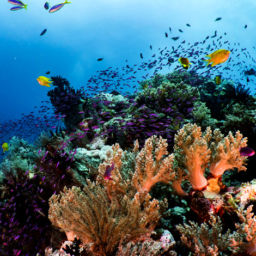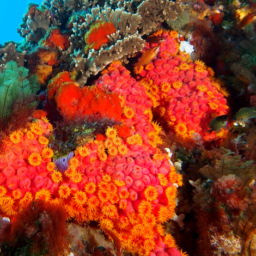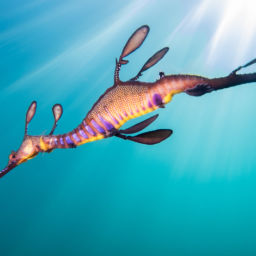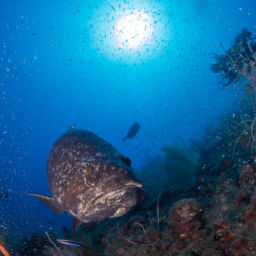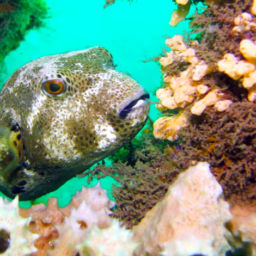Mantas: the Maldives, Komodo, Bali, Raja Ampat and…Brisbane? When you think about diving with manta rays, let’s be honest — Brisbane generally isn’t on the list. In fact, you’d be forgiven for questioning if there was any decent diving at all near Queensland, Australia’s state capital. Manta encounters are actually possible at many locations in Australia, including Lady Elliot Island and Ningaloo Reef. But most divers are surprised to discover that one of Australia’s best manta sites is located just offshore one of its largest cities: Brisbane’s Manta Bommie.
Where is Manta Bommie?
Situated off North Stradbroke Island, or ‘Straddie’ as it’s known locally, Manta Bommie is a collection of rocky outcrops. It’s surrounded by a rugged rocky reef in depths from 10 to 50 feet (3 to 15 m). This rocky reef is riddled with ledges and home to a good variety of invertebrate species, such as octopus, crayfish, nudibranchs, shrimps, cowries and crabs. But visiting divers overlook most of these critters on the hunt for manta rays.
Reef manta rays gather at Manta Bommie in large numbers, with researchers identifying it as the second-most important manta gathering site in Australia after Lady Elliot Island. The manta rays aggregate here from November to May to get cleaned, but divers also commonly see feeding behavior.
While manta encounters are never guaranteed, on most dives you will see at least three to six manta rays gliding around the reef or hovering over one of the bommies getting cleaned. But on some magical days you will see a dozen or more.
What else is there to see?
While the manta rays are a fabulous sight at Manta Bommie, they are not the only attraction. This incredible place is a magnet for sharks as well — other summer visitors include leopard sharks.
Beyond the rocky reefs are sandy gutters and a vast plain of sand where leopard sharks love to rest. Shark researchers studying at the site have found that over 500 leopard sharks visit Manta Bommie each year. This makes it the world’s best dive site to see these wonderfully patterned sharks. On most dives you will see a dozen or more leopard sharks, but sometimes there are so many that they are impossible to count.
And the manta rays and leopard sharks are not the only elasmobranchs you’ll find at Manta Bommie. Resting on the ledges are banded wobbegongs, spotted wobbegongs, ornate wobbegongs, blind sharks and brown-banded bamboo sharks. Spotted eagle rays also commonly soar around the reef. Resting or feeding in the sand are blue-spotted stingrays, round ribbontail rays, pink whiprays, cowtail stinrays and the occasional leopard whipray. Other impressive visitors include large white-spotted shovelnose rays, with divers seeing dozens on some dives.
Naturally the site is also home to a good variety of reef and pelagic fish, with divers commonly seeing gropers, lionfish, scorpionfish, sweetlips, morwong, snappers, porcupinefish, angelfish, butterflyfish, wrasse and schools of trevally.
When to visit
While Manta Bommie is an amazing dive site, it does have a few limitations. For starters, the site is only overloaded with marine life from November to May — outside this period it is almost barren. And the site doesn’t always experience the best conditions, either. In fact, it is often like a washing machine, with a choppy surface, strong currents and surge conditions. And finally, the visibility is a little unpredictable, varying from 10 to 100 feet (3 m to 30 m). You can usually expect between 40 and 50 feet (12 to 15 m). But if you visit on a clear day, calm day, the staggering volume of sharks and rays you can see at Manta Bommie makes it one of the most amazing dive sites in Australia.







